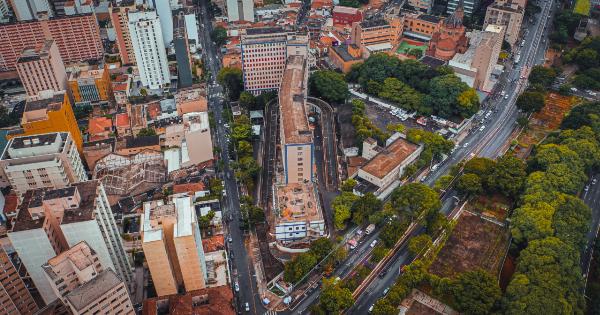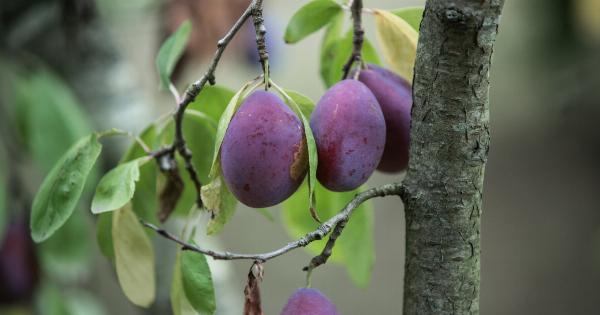The Barley in Mati phenomenon has become a subject of fascination and intrigue in recent years.
Mati, a small town nestled in the scenic province of Davao Oriental in the Philippines, has witnessed a remarkable transformation in its agricultural landscape. Farmers in the region have experienced a significant increase in the cultivation of barley, a crop that was previously unheard of in this part of the country.
This article aims to examine the factors behind the rise of barley in Mati and explore its implications for both the local community and the wider agricultural industry.
The Historical Context
To understand the barley phenomenon in Mati, it is crucial to delve into the historical context of the region. Traditionally, the primary crops cultivated by farmers in this area were rice, corn, and coconut.
These staple crops not only provided sustenance for the locals but also served as valuable commodities for trade. However, the pursuit of crop diversification and the desire to venture into new agricultural opportunities led to the introduction of barley cultivation in Mati.
The Role of Climate and Soil
One of the significant factors that contributed to the success of barley cultivation in Mati is its unique climate and favorable soil conditions. The town experiences a tropical monsoon climate, characterized by distinct wet and dry seasons.
This climate pattern, combined with the rich volcanic soil, creates an ideal environment for barley growth. Barley thrives in cooler temperatures and requires well-drained soil, making Mati an ideal location for its cultivation.
Government Support and Initiatives
The success of the barley phenomenon in Mati can also be attributed to the support and initiatives of the local government.
Recognizing the potential of barley as a high-value cash crop, the government provided farmers with the necessary training, resources, and financial assistance to kickstart their barley cultivation endeavors. This support not only enabled farmers to acquire the required skills but also encouraged them to take risks and experiment with new agricultural techniques.
Economic Benefits for Farmers
The cultivation of barley has brought about significant economic benefits for farmers in Mati. Unlike traditional crops, barley offers higher profit margins and increased market opportunities.
The demand for barley has surged in recent years due to its use in brewing industries, health food products, and livestock feed. Farmers in Mati have capitalized on this growing market and have experienced improved livelihoods and increased income as a result.
Environmental Implications
While the barley phenomenon in Mati has undoubtedly resulted in economic gains for farmers, its environmental implications deserve careful consideration. The increased cultivation of barley has led to changes in land use patterns and water consumption.
The conversion of agricultural land for barley cultivation may have consequences on biodiversity and ecosystem stability. Furthermore, the intensive irrigation required for barley farming can strain water resources, especially during the dry season.
Social and Cultural Impact
The introduction of barley cultivation in Mati has not only brought economic benefits but has also had a profound social and cultural impact on the local community.
The success stories of barley farmers have inspired younger generations to take an interest in agriculture and explore new opportunities beyond traditional crops. The cultivation of barley has also facilitated knowledge exchange and networking among farmers, leading to a stronger sense of community and solidarity.
Challenges and Future Prospects
While the barley phenomenon in Mati has been largely positive, it is not without its challenges. Farmers face various obstacles, including the lack of infrastructure for barley processing and the need for improved access to markets.
Additionally, climate change and extreme weather events pose risks to barley cultivation. Despite these challenges, the future prospects for barley in Mati remain promising, with continuous government support and efforts to address the existing obstacles.
Conclusion
In conclusion, the barley phenomenon in Mati has proven to be a remarkable agricultural transformation.
The combination of favorable climate conditions, government support, and economic opportunities has propelled the cultivation of barley in this once rice and corn-dominated region. While the economic benefits for farmers are evident, careful consideration must be given to the environmental implications and the long-term sustainability of this shift in agricultural practices.
With proper planning, investment, and ongoing support, the barley phenomenon in Mati has the potential to serve as a model for successful crop diversification and rural development.




























